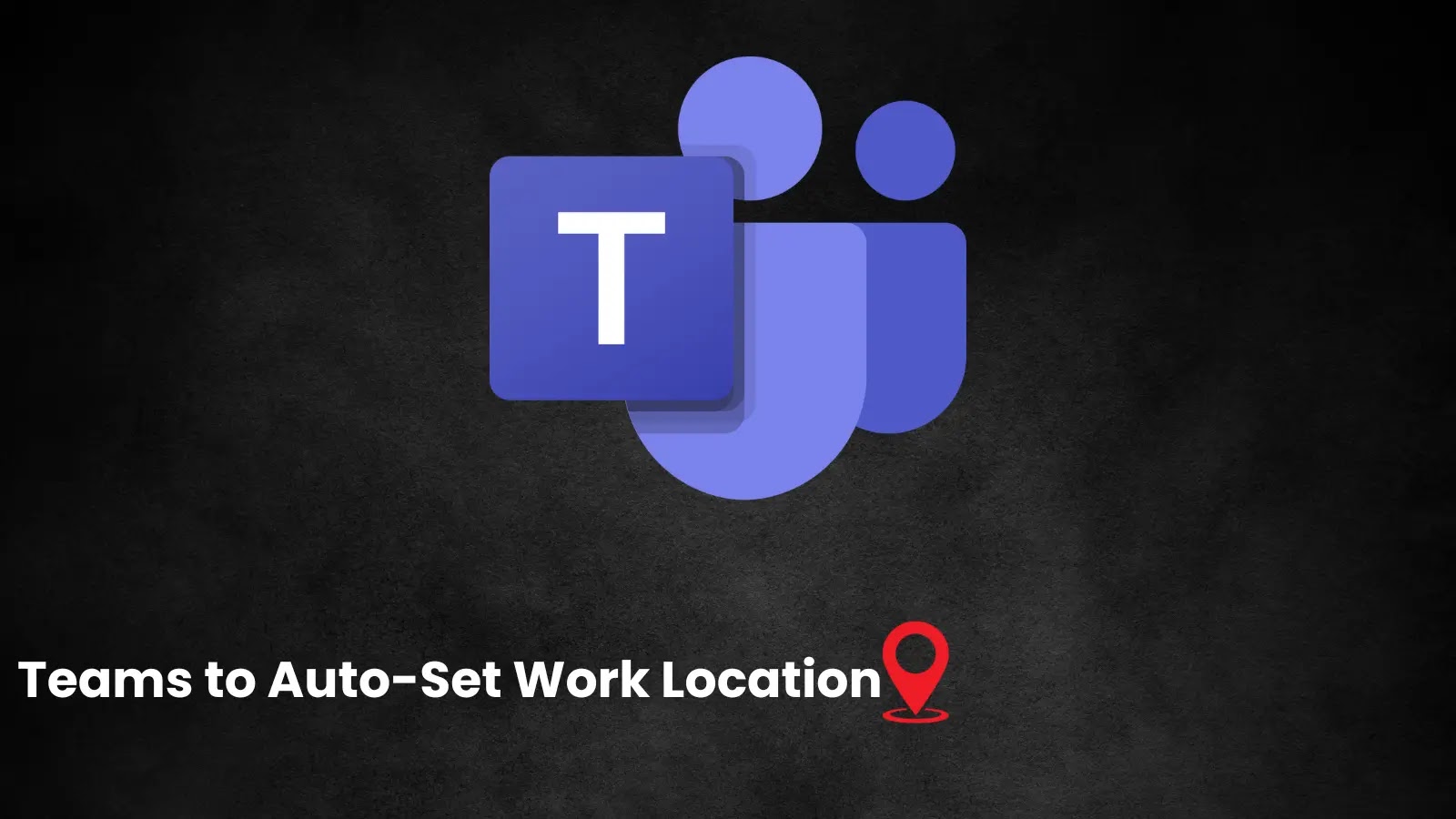
Microsoft Teams to Auto-Set Work Location by Detecting the Wi-Fi Network
Streamlining Hybrid Work: Microsoft Teams to Auto-Detect Work Location via Wi-Fi
The landscape of modern work is undeniably hybrid, posing unique challenges for seamless collaboration and effective communication. One persistent minor friction point for many organizations has been the manual updating of work locations within collaboration platforms. Microsoft is addressing this directly with a new, highly anticipated feature for Teams: automated work location detection based on Wi-Fi networks.
This upcoming capability, first highlighted by Cyber Security News, promises to significantly streamline the experience for hybrid workers by intelligently determining whether a user is in the office or working remotely, all by recognizing your organization’s Wi-Fi network.
The Mechanics of Automated Location Setting
Slated for a December 2025 rollout, this innovative feature for Microsoft Teams is designed as an opt-in capability. The core functionality revolves around Teams’ ability to detect and identify a user’s current Wi-Fi network. If that network is registered and recognized as an ‘office’ location by the organization, Teams will automatically update the user’s status accordingly. Conversely, if connected to an unrecognized network, it will likely default to a remote or home office status.
This intelligent detection removes the need for manual selection, ensuring that a user’s location is always accurate within the Teams ecosystem. This seemingly small automation can have a considerable impact on daily operations, improving everything from meeting scheduling based on time zones to knowing whether a colleague is reachable in the office.
Benefits for Hybrid Workforces
The introduction of automatic location setting in Teams brings several tangible benefits for organizations embracing hybrid work models:
- Enhanced Collaboration and Communication: Knowing a colleague’s real-time location simplifies decisions about instant messages, calls, or in-person interactions. This can reduce communication friction and improve team cohesion.
- Improved Meeting Coordination: When arranging meetings, especially those involving both co-located and remote participants, accurate location information helps in scheduling suitable times and determining the necessity of in-person attendance.
- Streamlined User Experience: Eliminating the manual step of updating location saves time and reduces cognitive load for individual users, allowing them to focus more on their core tasks.
- Better Resource Management: For IT and facilities teams, aggregated, anonymized location data could potentially provide insights into office utilization, aiding in future planning and resource allocation.
- Increased Productivity: By reducing small administrative burdens and improving communication clarity, the feature subtly contributes to overall team productivity.
Security and Privacy Considerations
While the convenience of this feature is clear, organizations will naturally consider the security and privacy implications. As an opt-in feature, users retain control over whether they wish to utilize this capability. From an organizational standpoint, defining and managing the ‘known’ office Wi-Fi networks will be a critical step during implementation. This ensures that only authorized networks trigger the office status. Microsoft’s typical approach to such features involves adherence to stringent privacy standards, meaning that individual location data is likely used only to set the Teams status and not for broader tracking without explicit consent.
Implementation and Opt-In Strategy
As a feature rolling out in December 2025, organizations will have ample time to prepare for its deployment. Key steps will include:
- Identifying Office Networks: IT administrators will need to accurately register their corporate Wi-Fi SSIDs (Service Set Identifiers) within the Microsoft Teams administration portal.
- Communication to Users: Clear communication to employees about the feature, its benefits, and its opt-in nature will be essential for successful adoption.
- Policy Definition: Organizations may wish to define internal policies regarding the use of this feature, particularly concerning expected accuracy and privacy considerations.
This feature is not a vulnerability; therefore, a dedicated “Remediation Actions” section or an associated CVE-ID (e.g., CVE-2023-12345) is not applicable here. Similarly, a tools table is not relevant for this announcement.
Conclusion
Microsoft Teams’ upcoming auto-set work location feature, leveraging Wi-Fi network detection, marks a thoughtful advancement in supporting dynamic hybrid work environments. By automating a previously manual process, it promises to enhance collaboration, improve communication fluidity, and streamline the daily experience for countless users. As organizations continue to refine their hybrid work strategies, such intelligent features become increasingly vital in fostering connected, productive teams.





